How Long Do Hair Transplants Last?
For people across the globe, hair loss is a common issue. Health conditions, stress, genetics, and medication all affect our hair. If you’re dealing with premature hair loss, thinning, or a receding hairline, a number of causes could be at fault.
Some medications and over-the-counter treatments can help while you’re actively taking them, but a hair transplant can be the way to go for lasting results. Which might leave you wondering, ‘How long do hair transplants last?’
Like with many things, several factors can affect how long a hair replacement lasts. Let’s take a look.
What is a hair transplant?
Popular since the 1950s, hair transplants are surgical operations that literally transplant one section of hair to another area on your head. Over the past few decades, the technology has gotten better and better, which has made these procedures even more popular.
During a transplant, a surgeon extracts hair follicles from a donor site, either individually during an FUE or DHI procedure or as a strip of skin with healthy hair growth, which is the FUT method. The surgeon then moves these follicles to the bald and sparse patches on your scalp or jawline (if you’re interested in a fuller beard). New hair growth occurs as your scalp heals.
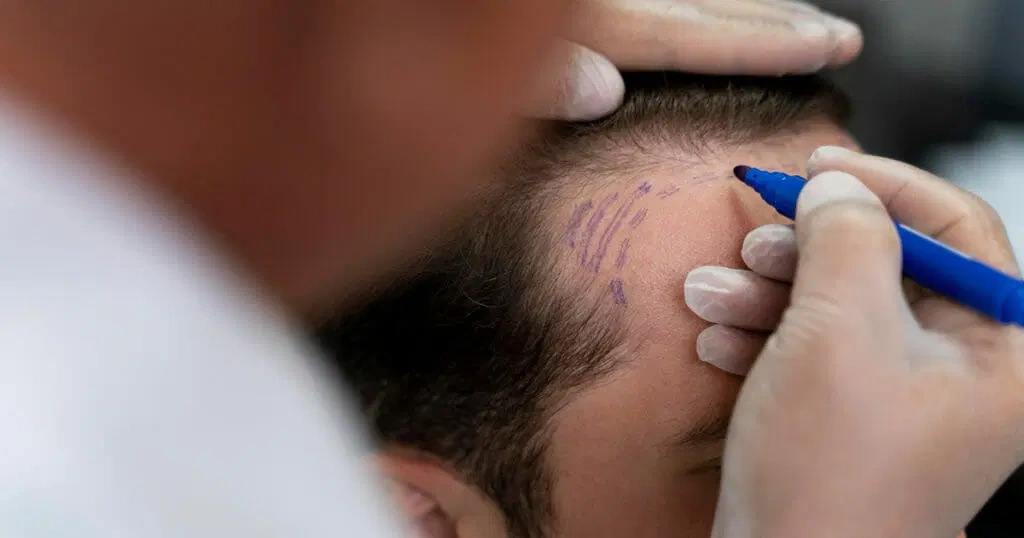
Follicular Unit Extraction (FUE)
The surgeon extracts individual follicles from the donor area with a microneedle during an FUE hair transplant. However, no skin graft is required, so you don’t need stitches. The surgeon makes tiny incisions at the extraction sites. These incisions heal, and your existing and eventual new hair cover them. The surgeon then transplants the individual follicular units into incisions throughout the bald patches. FUE is the more common procedure, and it leads to minimal scarring.
DHI (direct hair implantation) is very similar except that it makes use of a Choi pen to directly implant the donated hair follicles, skipping the ‘channel opening method’ incisions made during FUE.
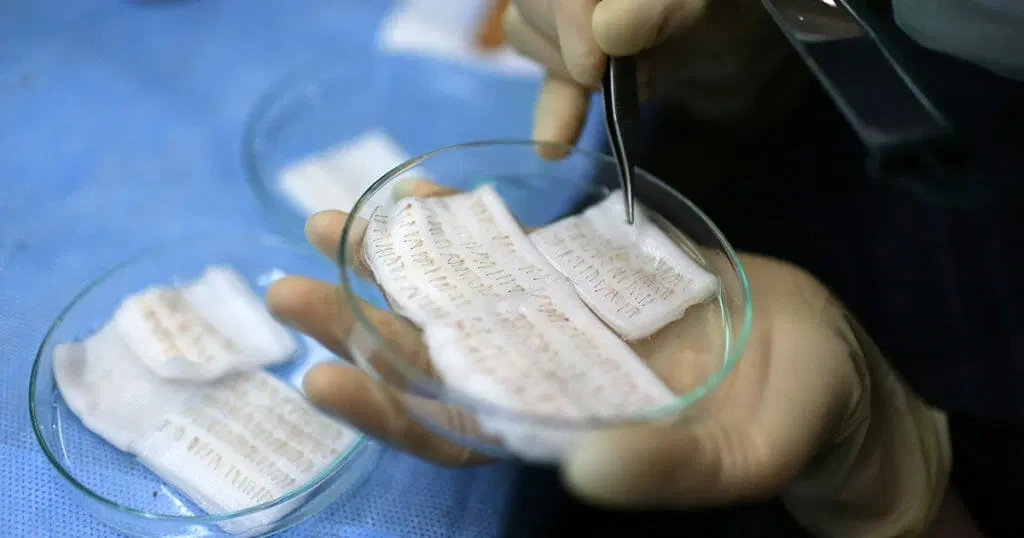
Follicular Unit Transplantation (FUT)
Unlike FUE, where the surgeon extracts individual follicular units, the doctor removes an entire strip of scalp from a donor site during an FUT procedure. Typically, the physician removes this strip from the back of your head. It isn’t put right over the bald patch, however. Instead, the surgeon splits the graft into roughly 500 to 2,000 tiny follicular grafts. The doctor will create each graft as an individual hair strand or a few hairs. Then, the surgeon punches small incisions into the recipient area and installs the new grafts.
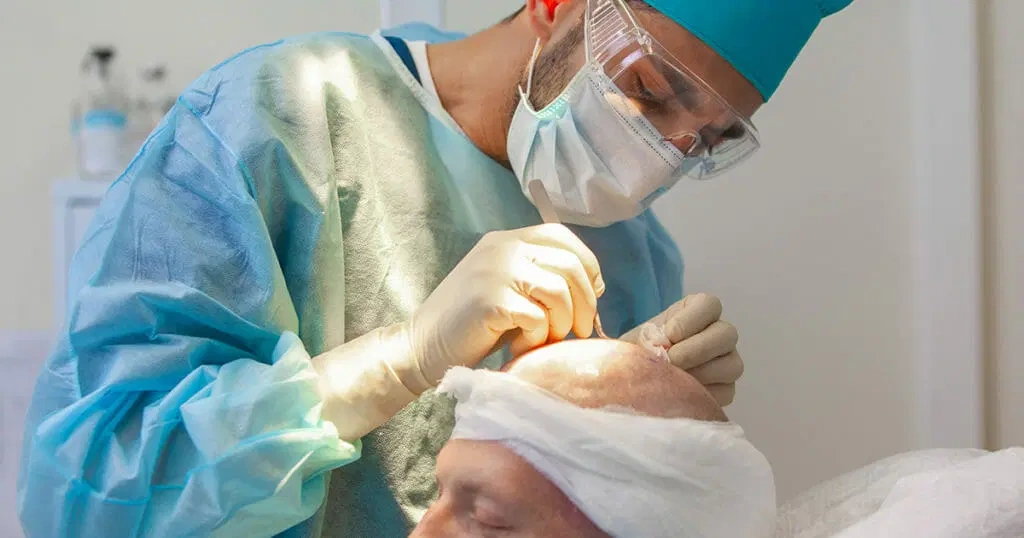
How long does transplanted hair last?
Newly transplanted hair falls out after a few weeks, but the follicles remain and sprout new hair over the following 6-12 months. (It takes roughly six months before significant changes are noticeable. After a year, you’ll see the final results.)
If an experienced and reputed hair restoration specialist performs the procedure, and you care for them properly when they’re getting established, those follicles can continue growing hair according to the normal hair growth cycle for the rest of your life.
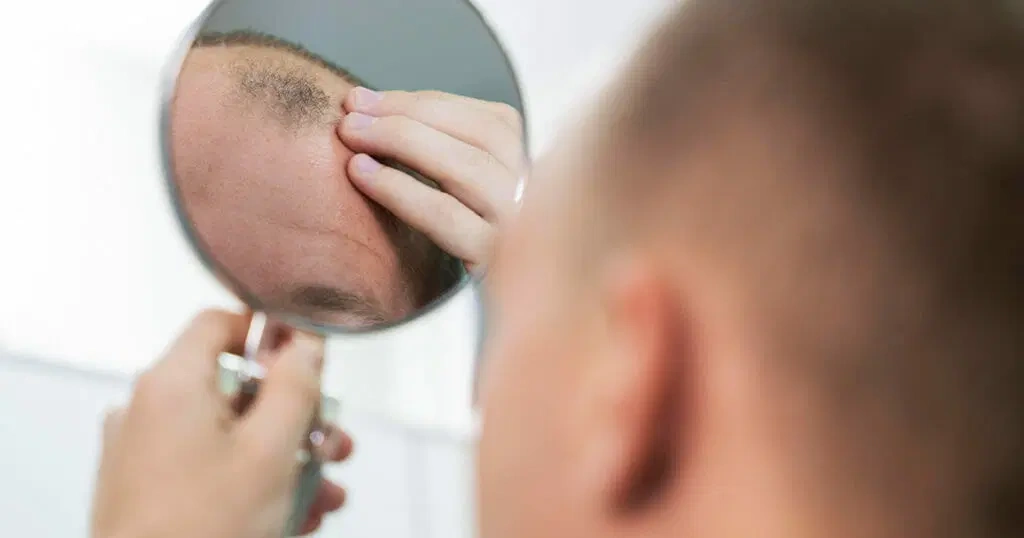
Is a hair transplant permanent?
Generally, a hair transplant does last a lifetime because the surgeon transplants healthy hair follicles into thinning or bald areas. However, factors like your hair type, lifestyle, age, and extent of hair loss can affect the results. For instance, if your hair loss is genetic, the transplanted hair will hang around indefinitely, but the surrounding hair follicles may begin over time as well. In such cases, you might need to go back a few times to achieve your desired outcome.
It’s permanent when the doctor moves your hair follicles from one area to another. There’s no way to move them back to where they were. However, like the rest of your hair, the transplanted hairs do have a lifespan. At some point, they may slowly stop growing as much hair as they did. That is a normal part of hair aging.
However, the hair transplant is only permanent if the graft ‘takes’. To explain that concept, imagine you’re growing an oak tree.
First, you plant an acorn into some potting mix, which you keep moist. After some time, a root pushes its way through the outer shell of the acorn. Next two little tiny baby leaves pop out too. If you tug on those leaves, you’ll easily pull the whole seedling out of the put because the roots are tiny and not very well established. When the seedling is big enough, you transplant it into the place you want it to grow. And again, if you lean on it or tug on it, it’ll easily come out of the soil because the soil will be loose and the roots won’t yet be established. But by the time the sapling is up to your waist, its root system will be much better established and the soil will have settled and compacted, and you’d have to use some real muscle to knock it over or pull it out. By the time the tree has developed a thick trunk and a few meters of height, nothing short of a chainsaw or heavy machinery will budge it.
The same sort of thing happens to your newly transplanted hair follicles. Before your scalp heals and before the hair roots have had a chance to get established, if you wash or comb your hair or wear a hat, your new hair follicles will easily be ‘uprooted’. But if you wait until the skin heals and the roots are established, you’ll be able to care for your hair as normal without worrying that the follicles will be damaged and fail to grow.
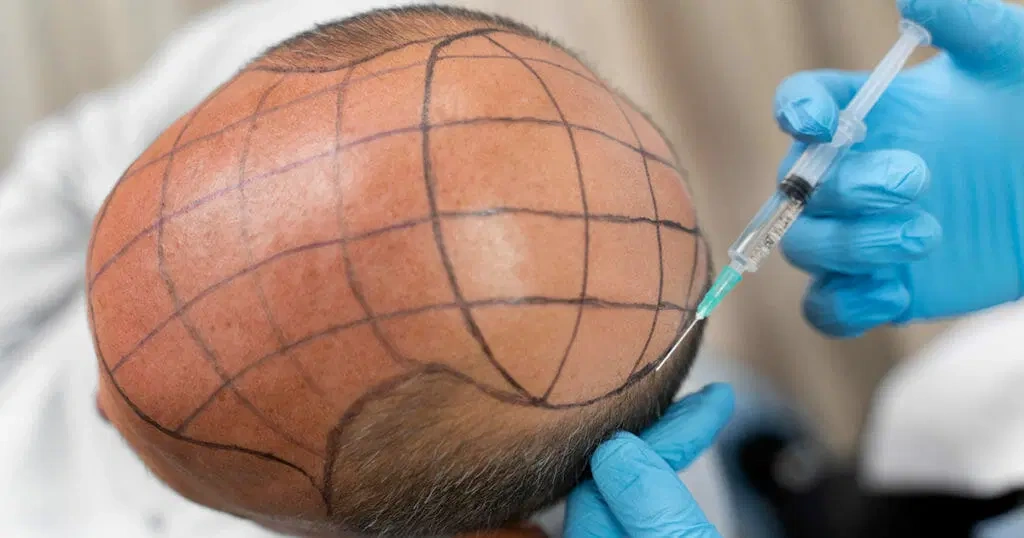
Is it possible that you could need another procedure?
For some people, multiple procedures are normal. Some might need multiple sessions to cover an extensive balding area. And some might need several procedures over many years as the surrounding hair continues to age and wither. Other candidates walk away from their first hair transplant with their hair just the way they want it and never have to return. You might also decide to fill out additional thinning patches later on once you see how good the first procedure turned out.
If you do need a handful of hair transplant procedures, it’s still far more convenient and cheaper in the long run than having to use something like Rogain on a regular basis for the rest of your life.
Modern-day hair transplants are essentially permanent, safe, and natural-looking. Whether you’re male or female, younger or older, or have little to a lot of hair loss, working with a licensed surgeon can give you the look you want. Discuss your hair transplant options with a professional today to see what will work best for you. These surgeries can help improve your self-confidence and help you feel more like yourself.

Related Articles About Hair Transplant
Learn more about the procedure
